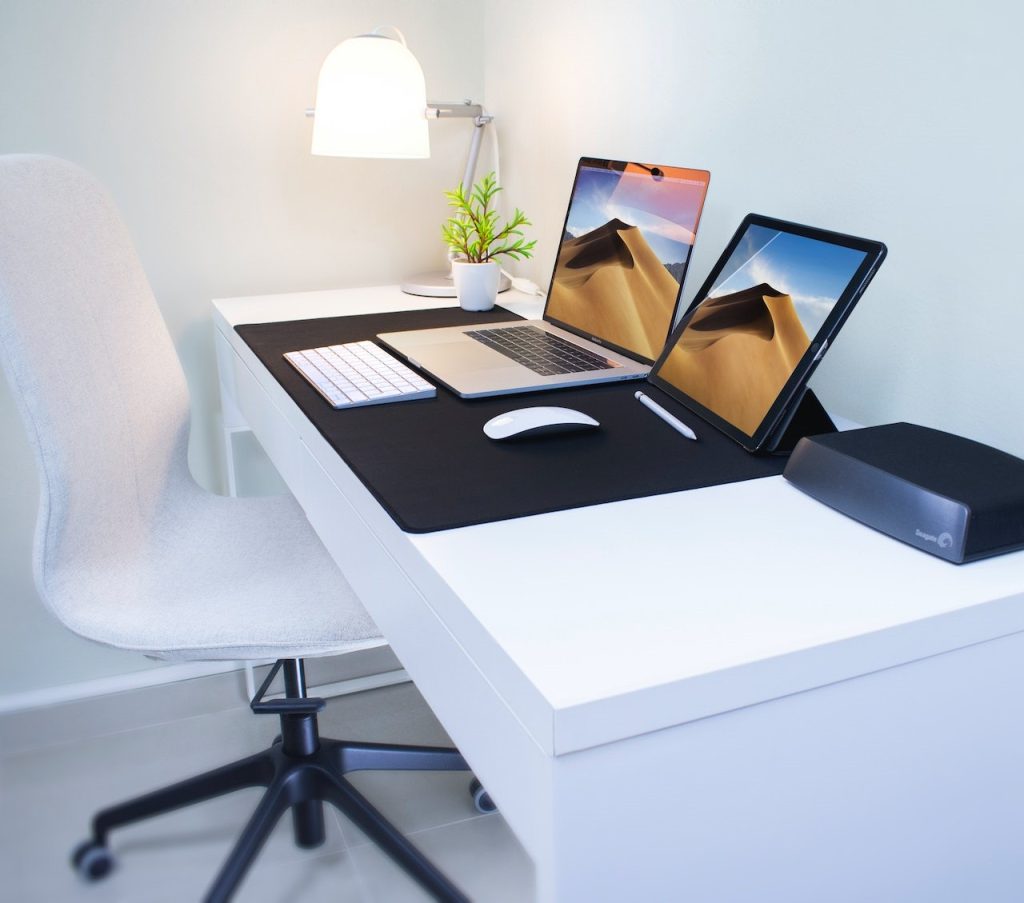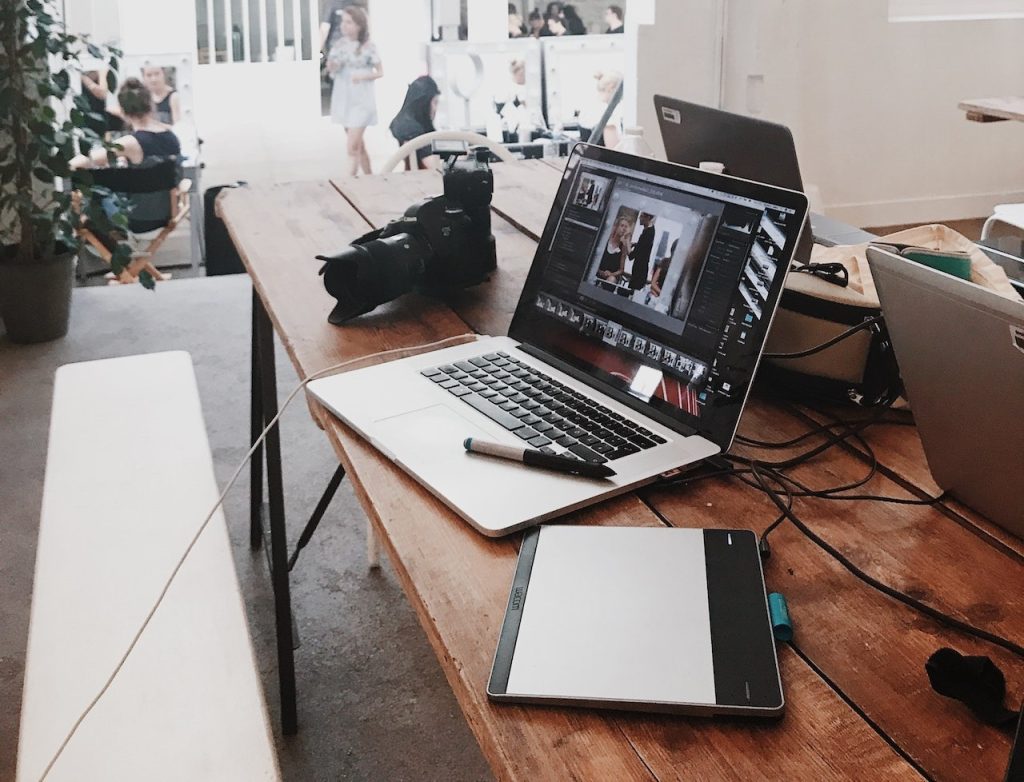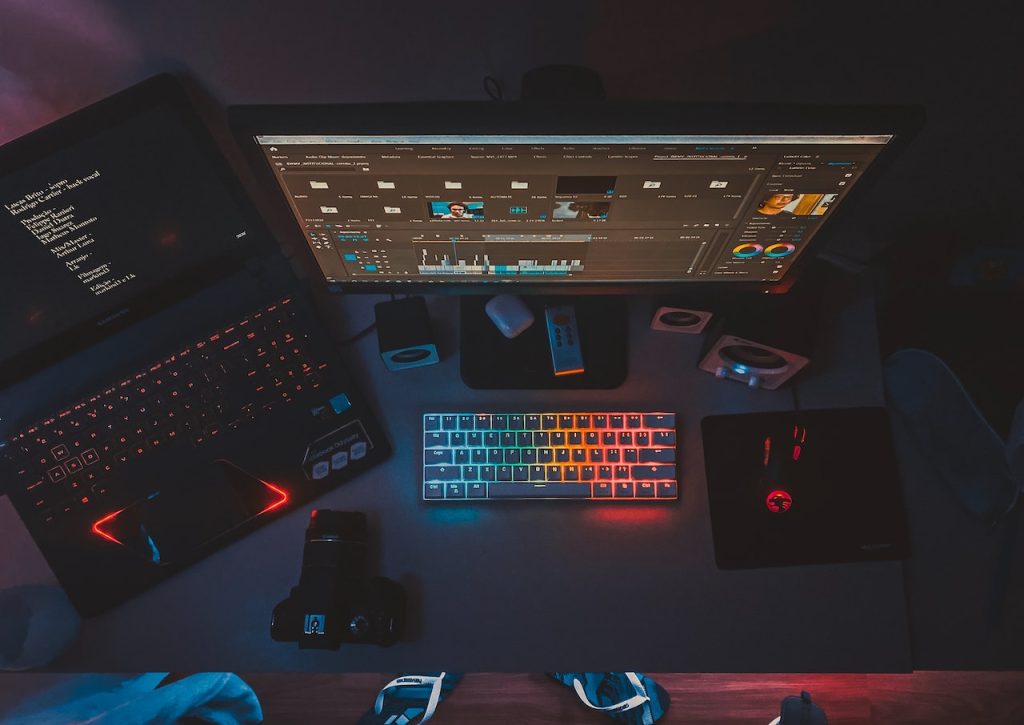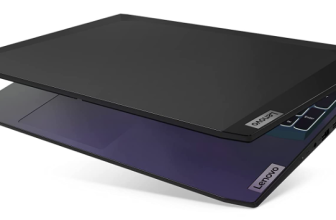
Are you looking for the perfect laptop? With so many options available, it can be difficult to know which one is the best for your needs. Fortunately, with our step-by-step guide, you can make an informed decision about your laptop purchase. We will discuss budget, performance, and user reviews so you can choose the laptop that meets your needs. We will also explore specs, features, processor, RAM, and storage so you can find the perfect laptop for you. By the end of this guide, you should have all the information you need to make an informed decision about your laptop purchase.
(Image Suggestion: A laptop being displayed in a store with a checklist of features and performance criteria on the side.)
Laptop Buying Guide: Budget, Performance, And User Reviews
There’s no doubt that laptops are essential for many people. They allow us to do things we couldn’t before, like work on the go, watch TV shows and movies, and more. However, not all laptops are created equal. Depending on your needs, you may want to consider a certain type of laptop or a specific budget. In this section, we’ll outline some of the key points to keep in mind when buying a laptop.
1. Determine Your Budget:

Before you start shopping for a laptop, it is important to decide on a budget. This will help narrow down your options and make it easier to find the best laptop for you.
Consider the features and specifications you need, as well as any additional accessories you might want to purchase, and determine how much you can afford to spend. Consider any discounts or promotions that might be available, as this can help you stay within your budget.
First and foremost, consider your budget. Determine the amount of money you are willing to spend on a laptop and stick to that price range. This will help you narrow down your selection considerably.
Pros: You will know exactly how much you can afford to spend and can narrow down your laptop choices.
Cons: You may have to sacrifice some features if you are trying to stay within a budget.
2. Choose Your Operating System:

Next, think about what type of laptop will meet your needs. Research which types of laptops are better suited for specific tasks such as gaming, design, or basic web browsing. Ensure that it can handle the software and applications you will be using regularly.
The operating system you choose will have a major impact on the laptop you need. Windows, Mac OS, and Linux are the most common operating systems, but there are other options available as well. Consider the type of applications you need to run, as some operating systems are better suited for certain tasks than others.
Pros: You can find a laptop that best suits your needs and applications.
Cons: You may have to sacrifice some features if you choose a specific operating system.
3. Consider Processor Speed and Storage:

Thirdly, look at screen size and resolution. Consider whether a larger screen size is necessary for your particular task—such as graphic design—and take into account the display’s native resolution (measured in pixels). Higher resolutions result in sharper images but may require more powerful hardware to run smoothly.
The processor speed and storage are important considerations when choosing a laptop. Look for a laptop with a fast processor and enough storage for your needs. Consider the type of applications you will be running and how much storage you need.
Pros: You can get a laptop with the speed and storage capacity that you need.
Cons: Faster processors and more storage can be more expensive.
4. Look for Features:

Fourthly, review processor power & RAM memory capacity Ensure that the processor has enough power to support any intensive tasks you plan on doing with the laptop and make sure there is sufficient RAM memory available so it does not slow down when multiple programs are running at once.
Different laptops come with different features, such as touchscreens, fingerprint readers, backlit keyboards, and more. Consider which features are important to you and make sure the laptop you choose has them.
Pros: You can get a laptop with the features you need and want.
Cons: Certain features can add to the cost of the laptop.
5. Test It Out:

Fifthly, assess graphics card performance & audio output quality If playing games or working with graphic intensive workflows then an appropriate discrete graphics card is essential; Also consider sound quality if planning on watching movies/listening music often built in speakers may not suffice for this purpose always requiring additional external speakers/headphones plugged in through audio ports (eg., headphone jack). And evaluate thermal management system To ensure no overheating issues occurs during extended use consider heat dissipation system integrated within laptop from fan cooling systems vents cutouts which ensures comfortable usage even after hours of use without device getting too hot altogether.
Once you have narrowed down your choices, it is important to test out the laptops in person. This will give you a better idea of how the laptop feels and performs. Try out the keyboard, the touchpad, and any other features that are important to you.
Pros: You can make sure the laptop meets your needs and that you are comfortable using it.
Cons: You may not be able to test out a laptop in person if you are shopping online.
Bottom Line

By following the steps outlined in this guide, you can make an informed decision about which laptop is best for your needs. Whether you’re looking for a laptop for gaming, design, or basic web browsing, there is sure to be an option that meets your requirements. With our guide in hand, you can be confident that you are making the right choice for your laptop purchase. So, what are you waiting for? Get started on finding the perfect laptop today!



